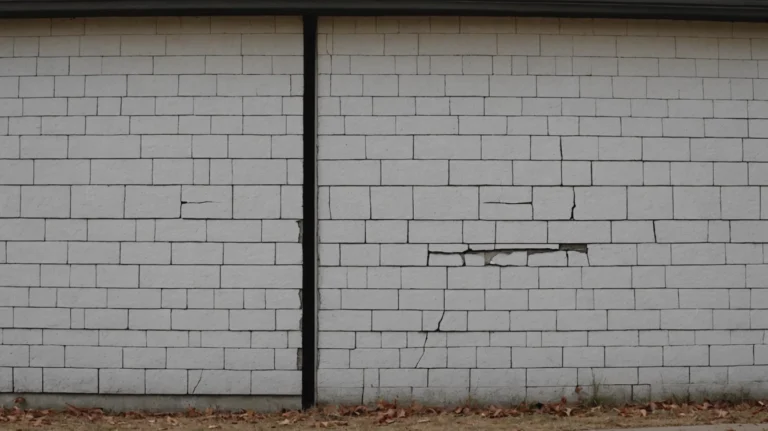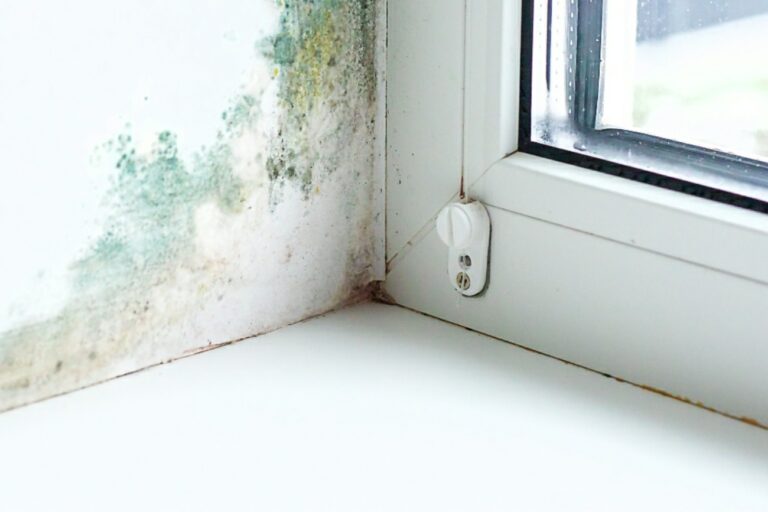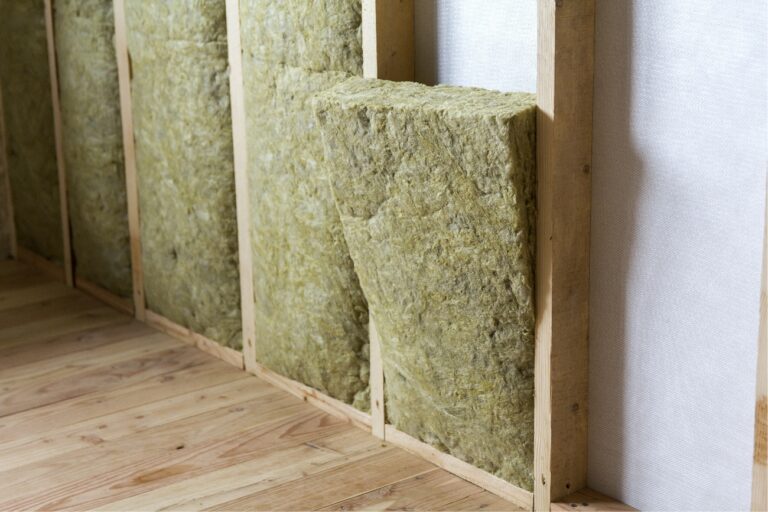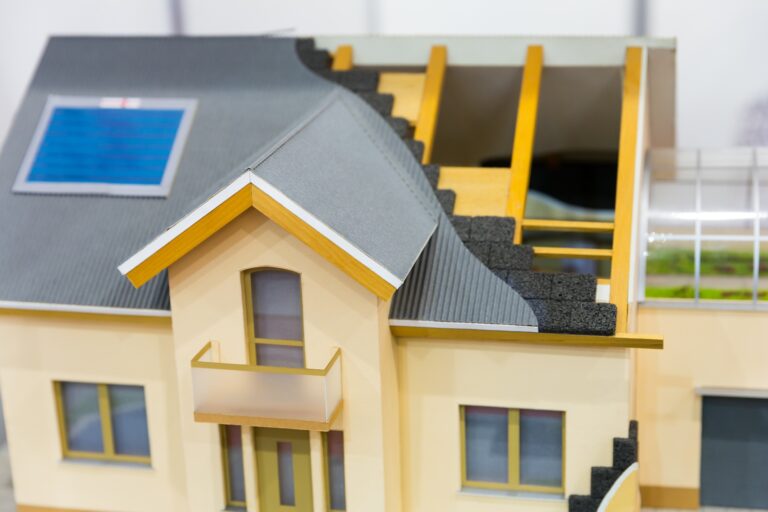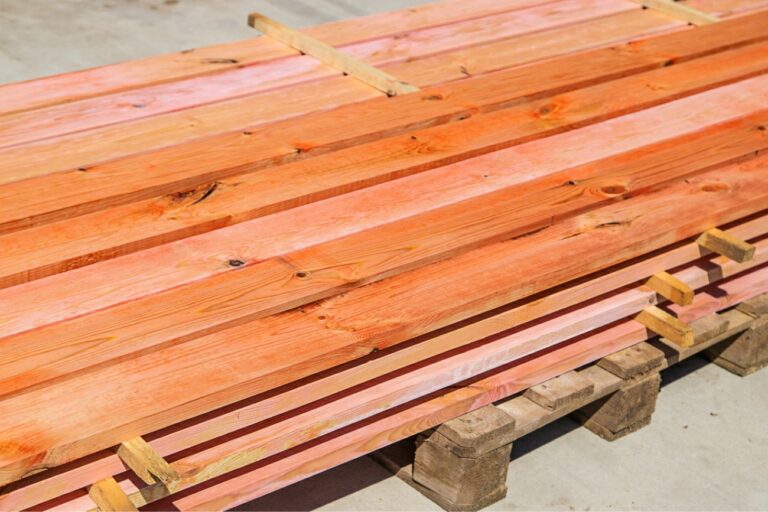In Britain, damp is more than an inconvenience – it can lead to mould growth, structural damage and serious health issues. With high rainfall and older housing stock in London, Surrey and Berkshire, homeowners often discover water stains or musty smells that signal a bigger problem. This comprehensive guide explains the types of damp, how to spot the warning signs and what you can do to protect your property. Whether you own a Victorian terrace in Guildford or a modern home in Woking, proper damp proofing ensures your investment remains safe, comfortable and healthy.
Why damp occurs
Moisture enters a building for three main reasons: rising damp, penetrating damp and condensation. Rising damp occurs when groundwater rises through capillaries in brick or stone walls, leaving tide marks and salt deposits. It commonly affects ground-floor walls and older properties without an effective damp-proof course. Penetrating damp is caused by rainwater ingress through defects in the roof, walls or window frames. Cracked render, missing tiles and blocked gutters allow rain to seep into the fabric of the building. Condensation arises when warm, moist air meets a cold surface such as a window or uninsulated wall, leading to droplets of water. Everyday activities like cooking, washing and drying clothes indoors contribute to high humidity, and inadequate ventilation means moisture cannot escape.
Health and structural risks
Untreated damp creates the perfect environment for mould, which releases spores that can trigger respiratory problems such as asthma, allergies and infections. Young children, older adults and people with weakened immune systems are particularly susceptible. Damp also attracts pests like woodlice and silverfish, which thrive in damp conditions. From a structural perspective, moisture weakens timber joists, skirting boards and flooring by encouraging fungal decay (wet rot and dry rot). In masonry, prolonged saturation causes mortar joints to crumble and bricks to spall, compromising the integrity of the wall. If left unchecked, damp reduces the value of your property and results in expensive repairs.
Signs of rising damp
Early detection allows you to act before damage becomes severe. Watch for tide marks up to one metre above floor level, peeling wallpaper, blistering paint, damp smells and crumbling plaster. Salt crystals often form on plaster surfaces as moisture evaporates, leaving white powder. You may also notice decaying skirting boards or flooring close to affected walls. Outside, check for high ground levels or bridging of the damp-proof course by paving, soil or render.
Signs of penetrating damp
Penetrating damp can occur at any height and usually presents as isolated patches that darken after rainfall. Damp patches on ceilings suggest roof leaks, while patches on walls may indicate failed pointing or cracked render. In extreme cases, plaster may crumble or feel cold and damp. Check the exterior for broken gutters, downpipes or flashings. Penetrating damp often worsens in windy, driving rain conditions.
Signs of condensation
Condensation shows up as streaming windows, black mould on window reveals and corners, mildew on clothing or books, and a general musty smell. Bathrooms and kitchens are prone to condensation due to higher humidity. In poorly insulated properties, corners of rooms and cold surfaces like metal pipes are susceptible. Condensation is more prevalent in winter when warm indoor air hits cold surfaces.
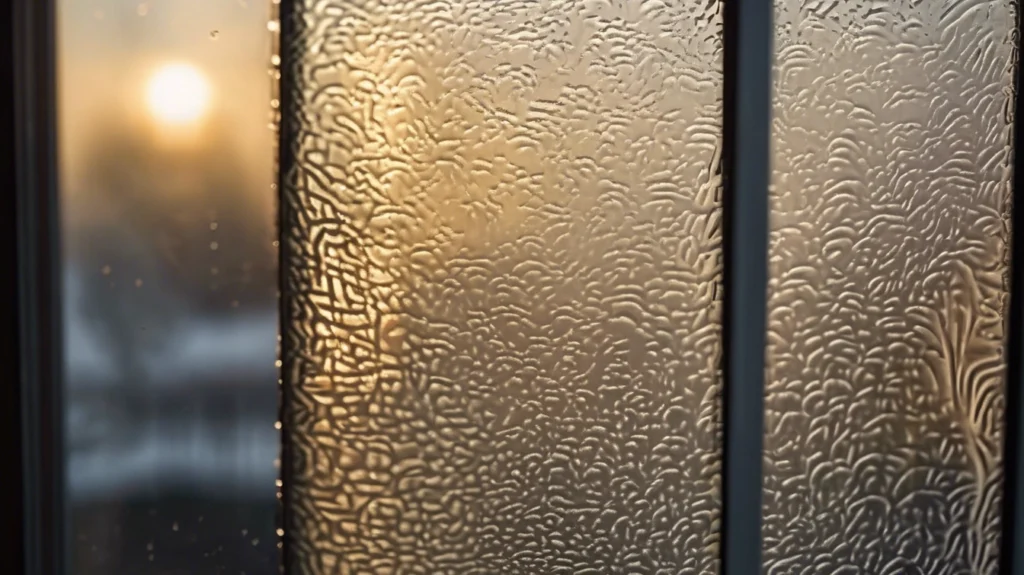
Preventing damp
Prevention starts with maintenance. Keep gutters, downpipes and drains clear, repair damaged roof tiles and repoint weathered brickwork. Ensure exterior ground levels sit below the damp-proof course and that ventilation bricks remain unobstructed. Inside, use extractor fans in kitchens and bathrooms, dry clothes outside when possible, and maintain a healthy level of background heating to avoid wide temperature swings. Installing trickle vents in windows and using a dehumidifier can help control humidity. Insulating walls and lofts not only reduces heat loss but also lessens the risk of condensation by keeping surfaces warmer.
Professional damp proofing solutions
While small condensation issues can often be solved with better ventilation, rising damp and penetrating damp require specialist intervention. A professional surveyor will conduct a damp survey, use a moisture meter and, if necessary, take plaster samples to determine the source of the moisture. For rising damp, options include installing a new chemical damp-proof course, inserting physical barriers like slate or plastic membranes, or lowering external ground levels. Internal plaster may need replacing with breathable, salt‑resistant materials to prevent contamination. For penetrating damp, solutions range from repairing defective pointing, flashings and render to applying waterproofing coatings or installing cavity trays. Condensation control measures include positive input ventilation (PIV) systems, mechanical ventilation with heat recovery (MVHR), and insulating cold surfaces to prevent moisture from condensing.
Why choose a local expert
When dealing with damp, local knowledge matters. In London, Surrey and Berkshire, Victorian properties, timber‑framed cottages and modern brick houses each present unique challenges. Local specialists like GO2 have hands‑on experience with the building methods and common issues found in the Home Counties. They understand the local climate, the prevalence of clay soils and high water tables, and the planning regulations for conservation areas. Working with a nearby team also means faster response times and easier aftercare.
The cost of doing nothing
Ignoring damp does not make it disappear. Minor plaster repairs may seem cheaper now, but if the underlying cause isn’t addressed, moisture will return. Eventually, you could face timber replacement, structural repairs or redecoration, which are far more costly. Insurance policies sometimes exclude damp and rot if they result from poor maintenance, leaving homeowners to foot the bill. Promptly addressing damp protects your home’s value and saves money in the long run.
Working with GO2
At GO2 Property Services, damp proofing is carried out by experienced surveyors and technicians. The process starts with an honest assessment of your property and a clear explanation of findings. If a damp-proof course is required, we use industry‑proven products and provide a long‑term guarantee. We combine traditional techniques with modern materials to deliver lasting results, whether you’re dealing with rising damp, penetrating damp or condensation. Once the work is complete, we ensure the property is left tidy and advise you on ongoing maintenance. Serving homeowners and businesses throughout London, Surrey and Berkshire, GO2’s reputation is built on reliability and quality workmanship.
Conclusion
Damp is a serious issue that affects comfort, health and the longevity of your property. By understanding the different types of damp, recognising the warning signs and taking preventative steps, you can safeguard your home. When damp does occur, professional diagnosis and treatment are essential. Local specialists like GO2 Property Services have the expertise, tools and commitment to provide effective solutions. Protect your investment and enjoy a dry, healthy home by addressing damp promptly and professionally. Contact us today.


